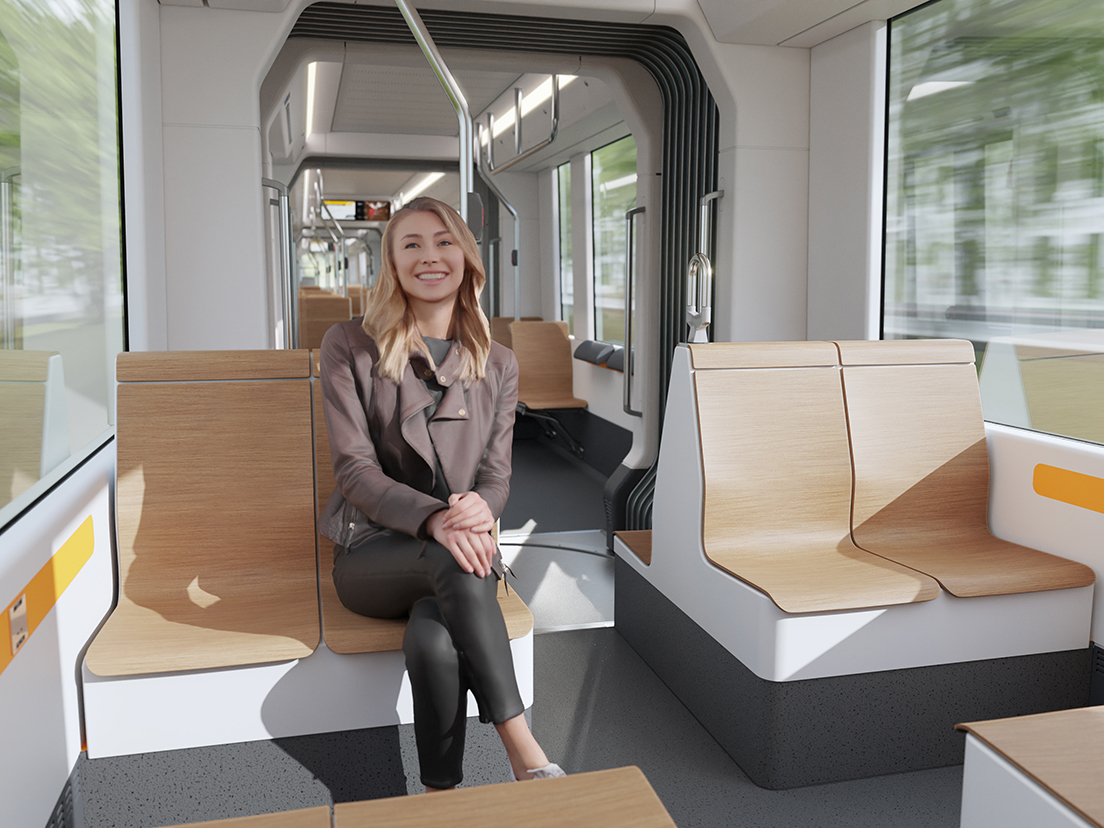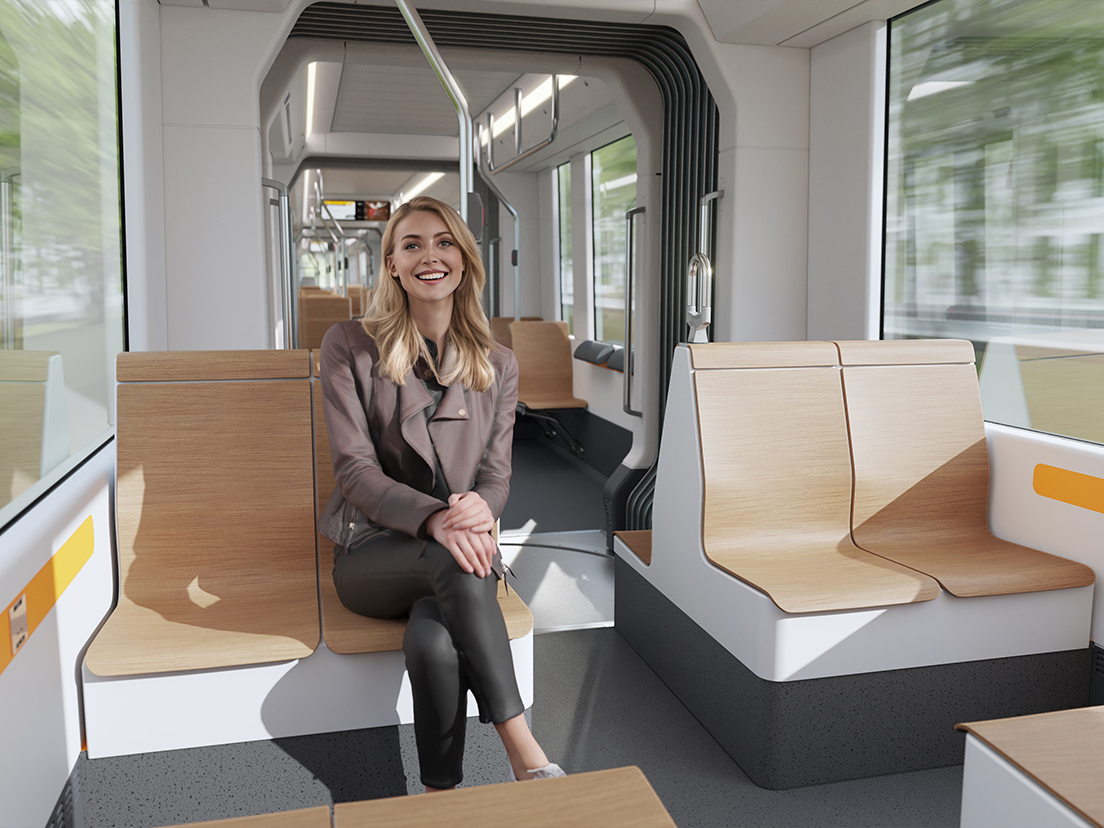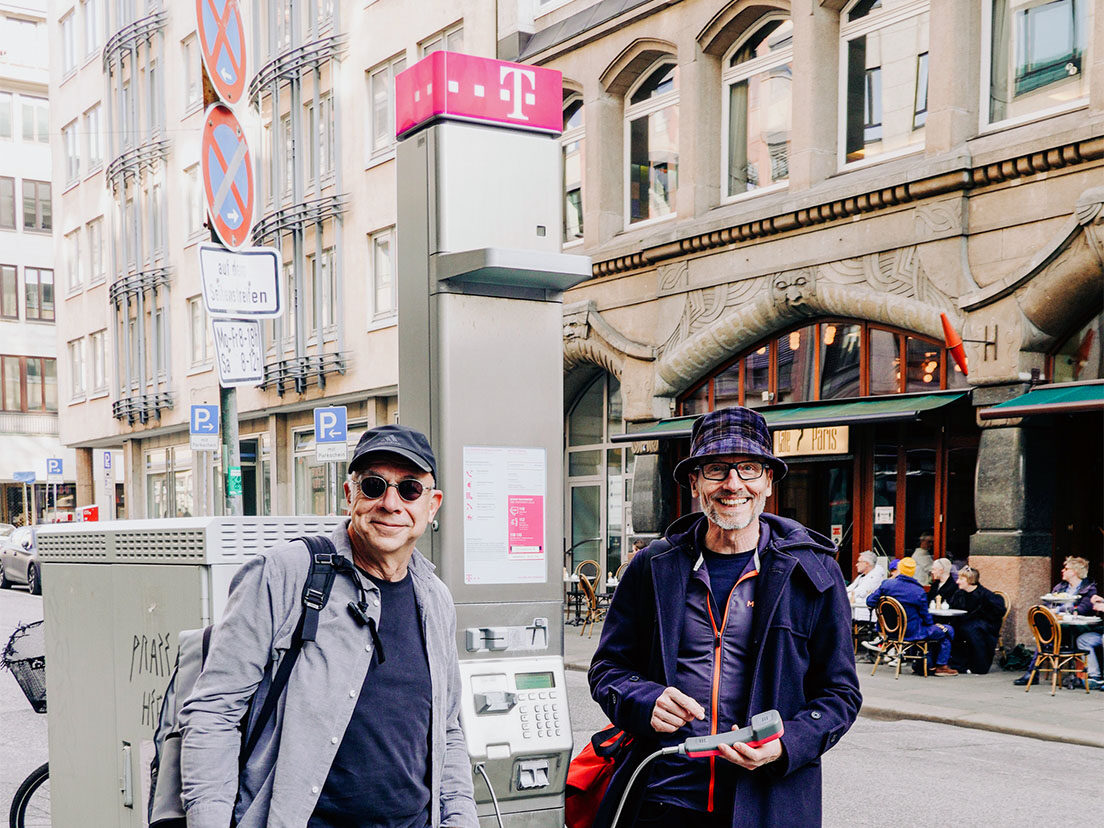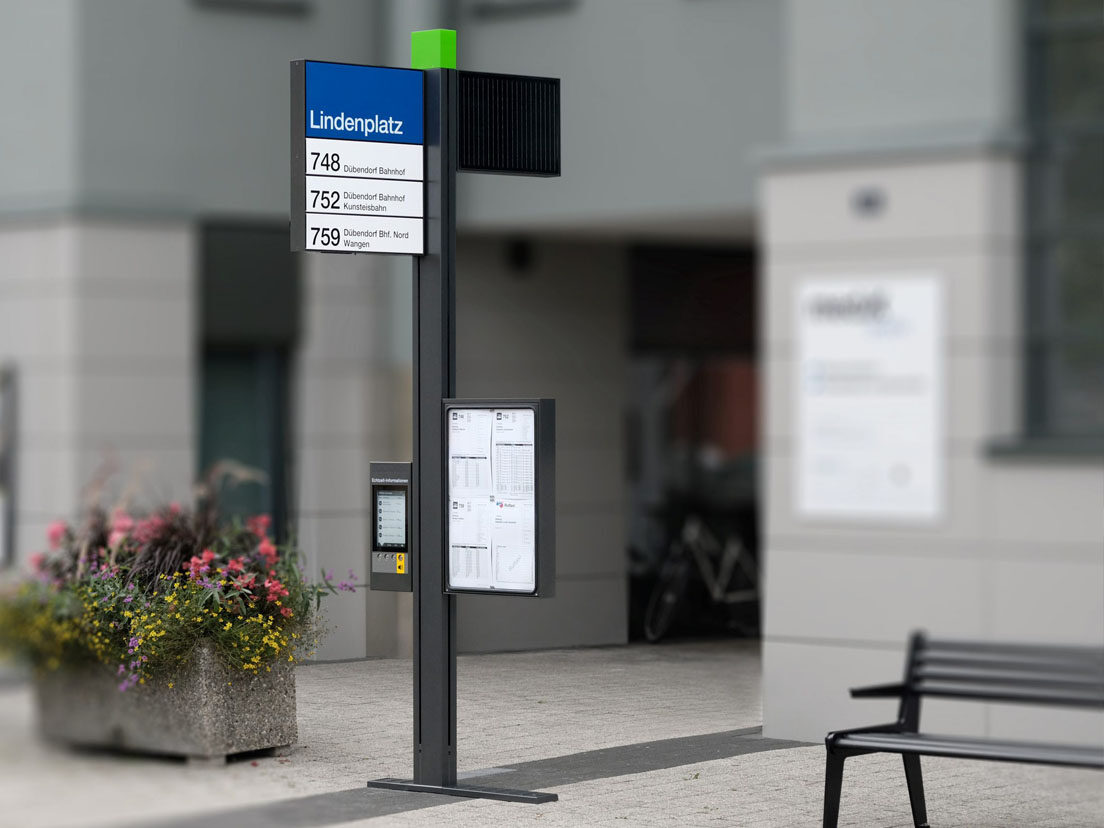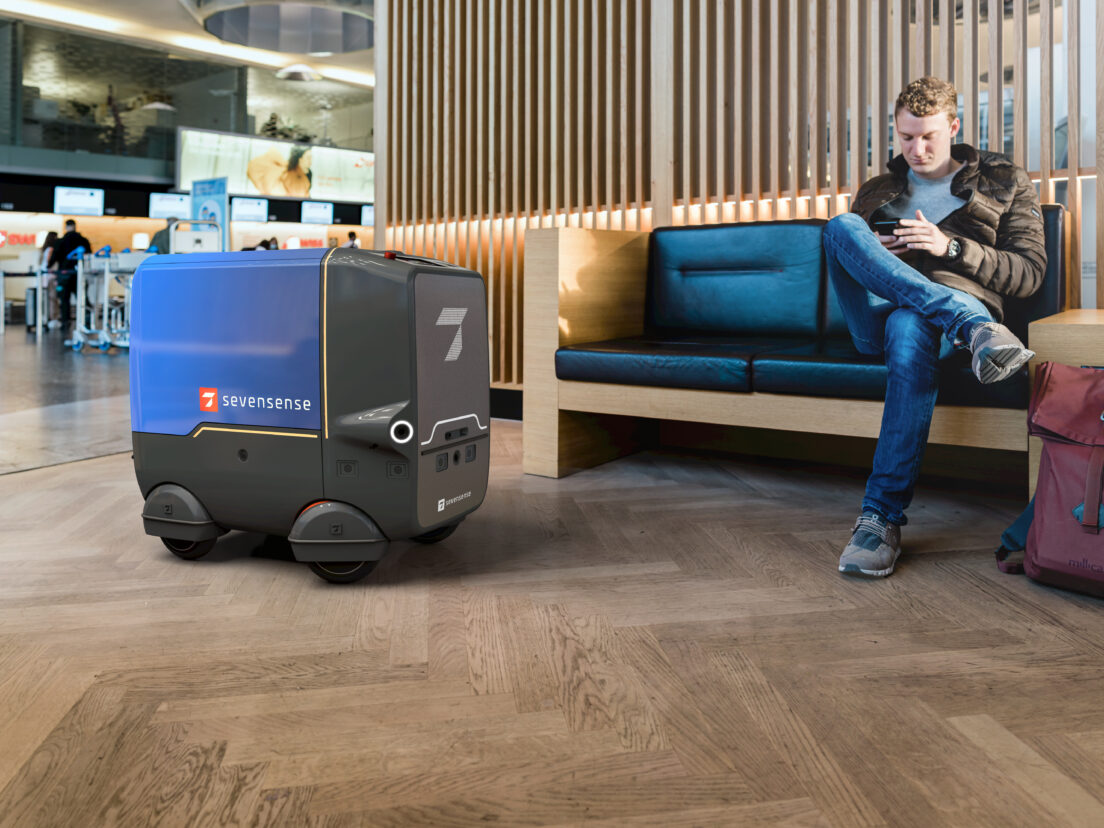Topic:
Realism and Emotion by Integrating AI in the Design Process
Anyone who wants to spice up a presentation can now test the use of online AI image generators after a quick search on the Internet. With just a few clicks and a few descriptive words, a thought is instantly transformed into an image. The unimaginable suddenly appears on the screen. It is a powerful tool that has taken the world by storm. From creating stunning landscapes to implementing bespoke infographics to creating abstract works of art, the possibilities are seemingly endless. The flexibility and accessibility of these AI tools have already made them an indispensable part of the modern design process.
In product and industrial design, however, technical feasibility, practicability and product-related accuracy are of crucial importance. Developing a specific image style with natural lighting, balanced composition, realistic textures and materials is also an important design element. At Nose, we use 3D rendering programs such as Blender, which can be used to specifically manipulate 3D data. This creates deceptively realistic images that are often indistinguishable from photos. This is how we can make visions visible in a realistic way.
Yet, there is an important exception. If people are to appear in a rendering, for example as passengers on a train, so-called 3D personas are used. These are real people who have been scanned and are now available as 3D data. These can then be integrated as an element in a rendering. However, a perceptual psychological phenomenon occurs: when you look at a picture of a person, the first thing you look at is the face, but in scanned 3D personas, the face often appears lifeless and mask-like. This lack of emotion affects the realistic impression of the image and reduces the credibility of the visualisation.
This is exactly where AI comes into play. The initially lifeless face of the 3D persona undergoes a remarkable transformation through the use of image-generating AI. With a little skill and sensitivity as well as the right settings, the face comes to life. The facial expressions now radiate emotions and personality. The AI gives the image an almost tangible reality that captivates the viewer and creates an immediate emotional connection.
The overall result benefits from this emotionality. Through the clever use of AI, we can further develop our designs and achieve realistic results that directly appeal to the viewer. The carefully crafted rendering with realistic details appears even more believable and brings visions to life. In this way, we expand the boundaries of what is possible and set new standards in realistic representation.
